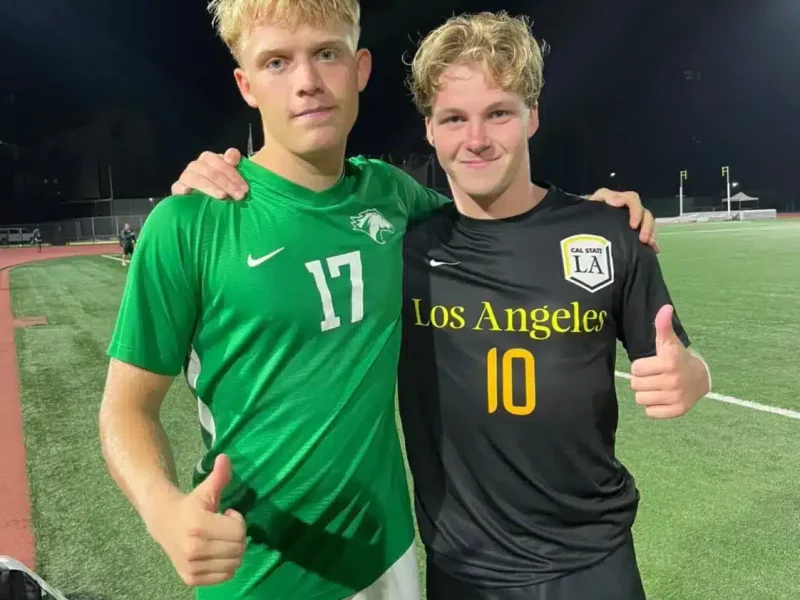Do a gap year at a College in the US
If you’re dreaming of studying abroad after high school, college in the US could be the perfect option. In this short article, we’ll try to help you understand how to combine a gap year with sports, education and memorable experiences in the US.
A gap year in college in the US can be the perfect alternative.
College in the US can be the perfect option for those who want to travel during their gap year. Add to that the fact that you can practice your sport at an elite level, get a taste of American culture and can use your stay to enhance your resume and future job applications.
A gap year in college in the US can give you the full package: education, elite sports, experiences, travel and challenges all in one.
A year that resembles an international high school with a focus on sports.
Going to college in the US during your gap year is not like the traditional gap year of full moon parties in Thailand and autocambers in Australia.
With a gap year in the US, you will be enrolled in an international higher education program as a student athlete and during this year you will study while practicing your sport almost every day.
You’re not going to relax, you’re not going to stand still and you’re going to evolve.
This option – such a place – does not exist in Denmark or Scandinavia. The closest we get are colleges and sports schools.
The big difference is that the education you start.
In Denmark, if you want to pursue both higher education and your elite sport, this is done separately and in 2 different places: the university and the sports club where you train.
Unlike in Scandinavia, the sporting and academic aspects are fully integrated in your everyday life at College in the US.
Campus is where you train, go to school, play games, eat and hang out with your friends, teammates and fellow students – if you’re not at away games or experiencing the rest of the US during your vacations.
So I am going to school during my gap year at College in the US?
Yes, yes, yes! With a gap year in college in the US, education is also a focus. Although it may not be the first priority for many, it will be a regular part of everyday life and you can choose between the many subjects and try out a lot of things, such as can help you choose the right degree program back home in Denmark or simply be the starting point for a 4-year bachelor’s degree in the US.
How much does a stay cost?
The average cost of 1 year of college is very similar to the cost level of continuation schools and folk high schools in Denmark. However, this can vary greatly depending on the university or college in question. The most expensive universities are… expensive!
A big part of our work at NSSA is about reducing costs through scholarships, which are awarded based on athletic and academic performance and levels.
| Cost | High-end | Middle-end | Low-end |
|---|---|---|---|
| Tuition and Fees | $50,000 | $30,000 | $10,000 |
| Room and Board | $15,000 | $10,000 | $5,000 |
| Books and Supplies | $1,500 | $1,000 | $500 |
| Transportation | $2,000 | $1,000 | $500 |
| Miscellaneous | $3,000 | $2,000 | $1,000 |
| Total | $71,500 | $44,000 | $17,000 |
| Scholarship Coverage | $57,200 | $35,200 | $13,600 |
| Student’s Cost | $14,300 | $8,800 | $3,400 |

If you’re wondering what to do with your time after high school – whether it’s just a single year in the US, a full bachelor’s degree or something else you’re curious about, please get in touch with us!
Thank you very much for reading.
Do a gap year at a College in the US Read More »















